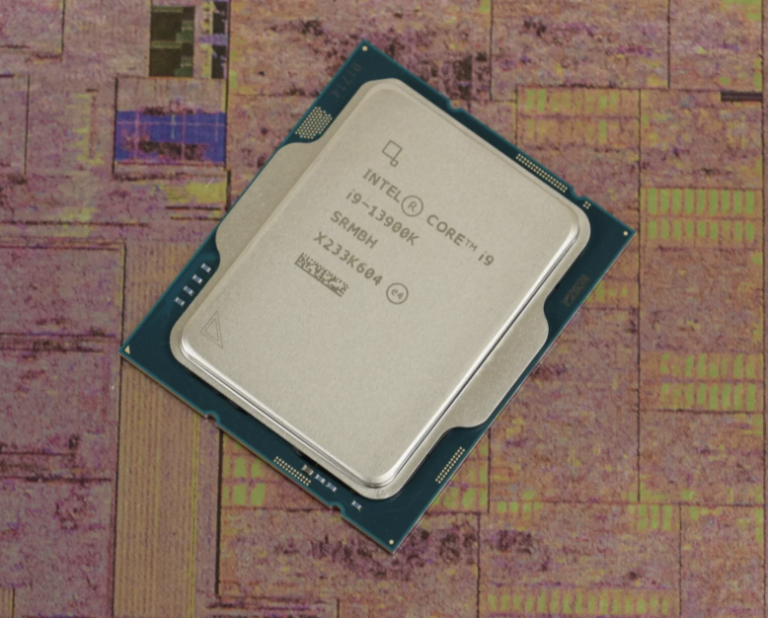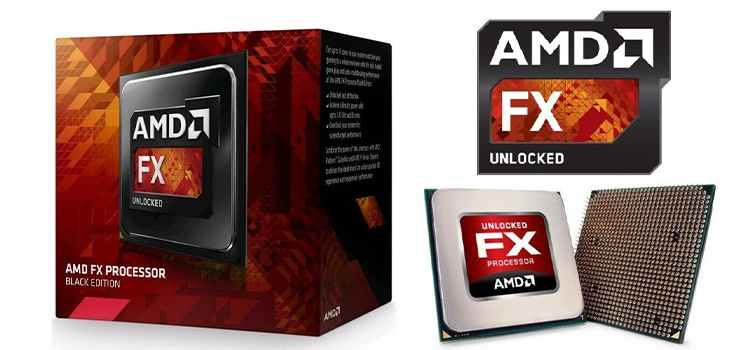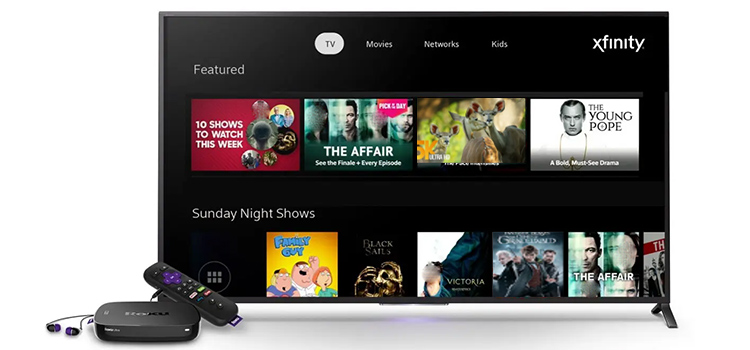Where Does SATA Cable Go On Motherboard | Does It Matter?
The SATA (Serial Advanced Technology Attachment) technology basically works on computer bus connections in storage applications. This is where the SATA cable is a need to connect any mass storage device to a host bus adapter like the motherboard.
The specifications along with the design and data transfer speed of SATA cables vary from generation to generation.
As a tech enthusiast, it might have come to your mind – Where does the SATA cable go on the motherboard?
To find the answer along with more prominent information, keep reading till the end.

The Basic Specifications of SATA Cables
In order to connect mass storage like SSD (Solid-State memory Drive), Hard drives, and Optical drives; SATA cables come in several versions. The updated the generation, the more data transfer it can offer. Here, check the following table to get the basic idea –
| SATA version | Bandwidth Output | Transfer Speed |
| SATA I | 150 MB/s | 1.5 Gb/s |
| SATA II | 300 MB/s | 3 Gb/s |
| SATA III | 600 MB/s | 6 Gb/s |
That means, the first generation of SATA cable is efficient to operate at 1.5 Gb/s with the highest bandwidth output of 150 MB/s.
Now, the second generation of SATA cable is efficient to operate at 3 Gb/s with the highest bandwidth output of 300 MB/s.
Finally, the third generation of SATA cable is efficient to operate at 6 Gb/s with the highest bandwidth output of 600 MB/s.
Where Does SATA Cable Go On Motherboard Exactly?
The SATA cables are available in two basic types. Those are – SATA Data Cable and SATA Power Cable.
The data cable is built for transferring data. It looks smaller and thinner than the power cable.
It has a 7-pin connector and is mostly responsible for connecting the hard drive to your computer’s motherboard.
In this case, one end of the cable needs to be attached to the motherboard’s SATA connector port. The other end then has to connect to the hard drive’s connector port.
Frequently Asked Questions (FAQs)
Where does the SATA power cable go?
The 15-pin connector-based SATA cable is also called the SATA power cable. It ensures auxiliary power supplies to SATA ports. These cables are supported by the PSU (Power Supply Unit) and designed to only be used to remain within the computer casing.
Generally, it’s the required connector for all types of optical and hard drives with SATA interfaces.
How to connect SATA drives to my PC?
Connect the SATA-to-USB adapter’s cable with the inbuilt USB connector to an unused and active USB port on your PC. Use such a USB port that’s placed on the motherboard of the computer, which is found on the PC case’s backside.
How to identify the SATA port on the motherboard?
There’s a simple way to find out the SATA port on the motherboard. Check for SATA 3G or SATA 6G nearby the SATA ports. If this method doesn’t seem attractive to you then you may go for assistance from any relevant software capable of exposing it.
Even if your motherboard’s SATA ports aren’t marked, you can find them online by searching thoroughly. SATA II and SATA III are frequently alluded to as SATA 300 and 600 correspondingly.
Conclusion
It’s clear by now that the SATA cable that goes on the motherboard is the SATA data cable and while its one end is connected to the hard drive port, the remaining one goes to the SATA connector port on the motherboard. Hopefully, this tech article may prove useful and it’ll be so nice of you if you share your honest feedback with us.
Subscribe to our newsletter
& plug into
the world of technology





